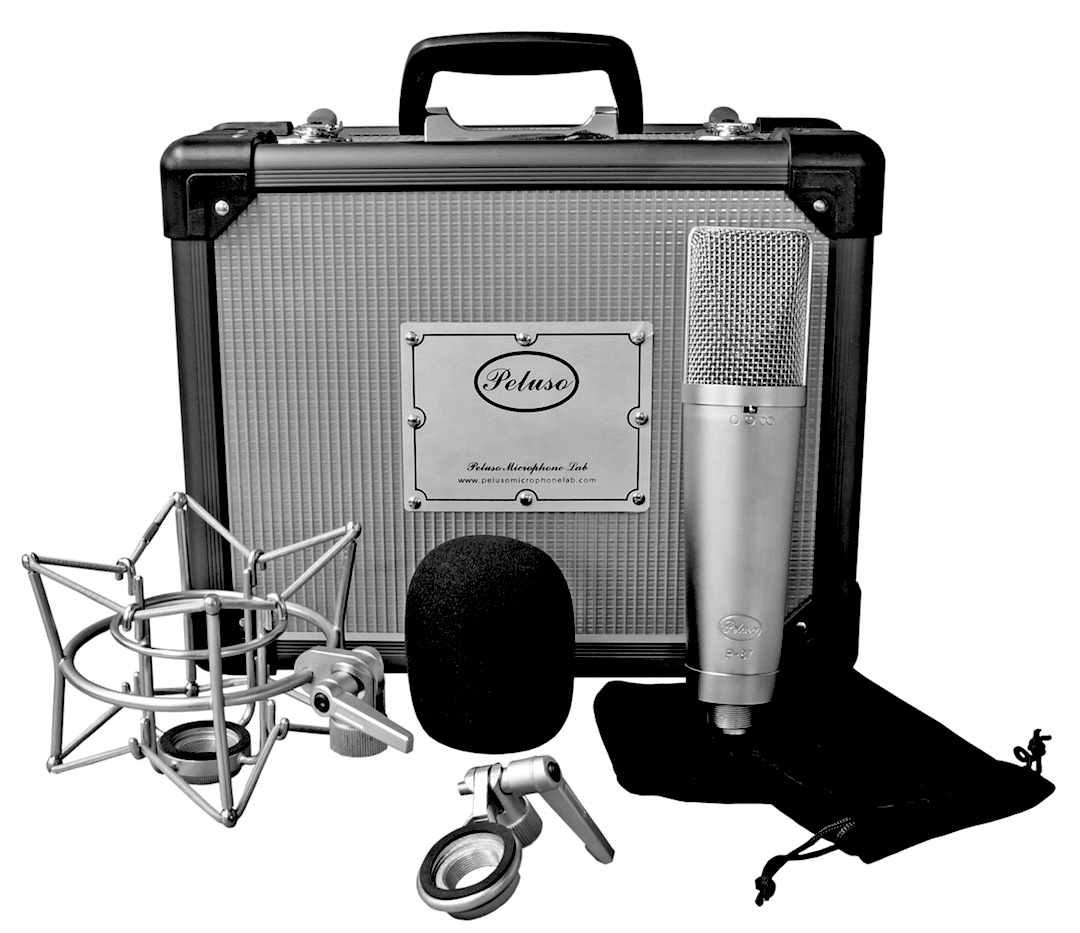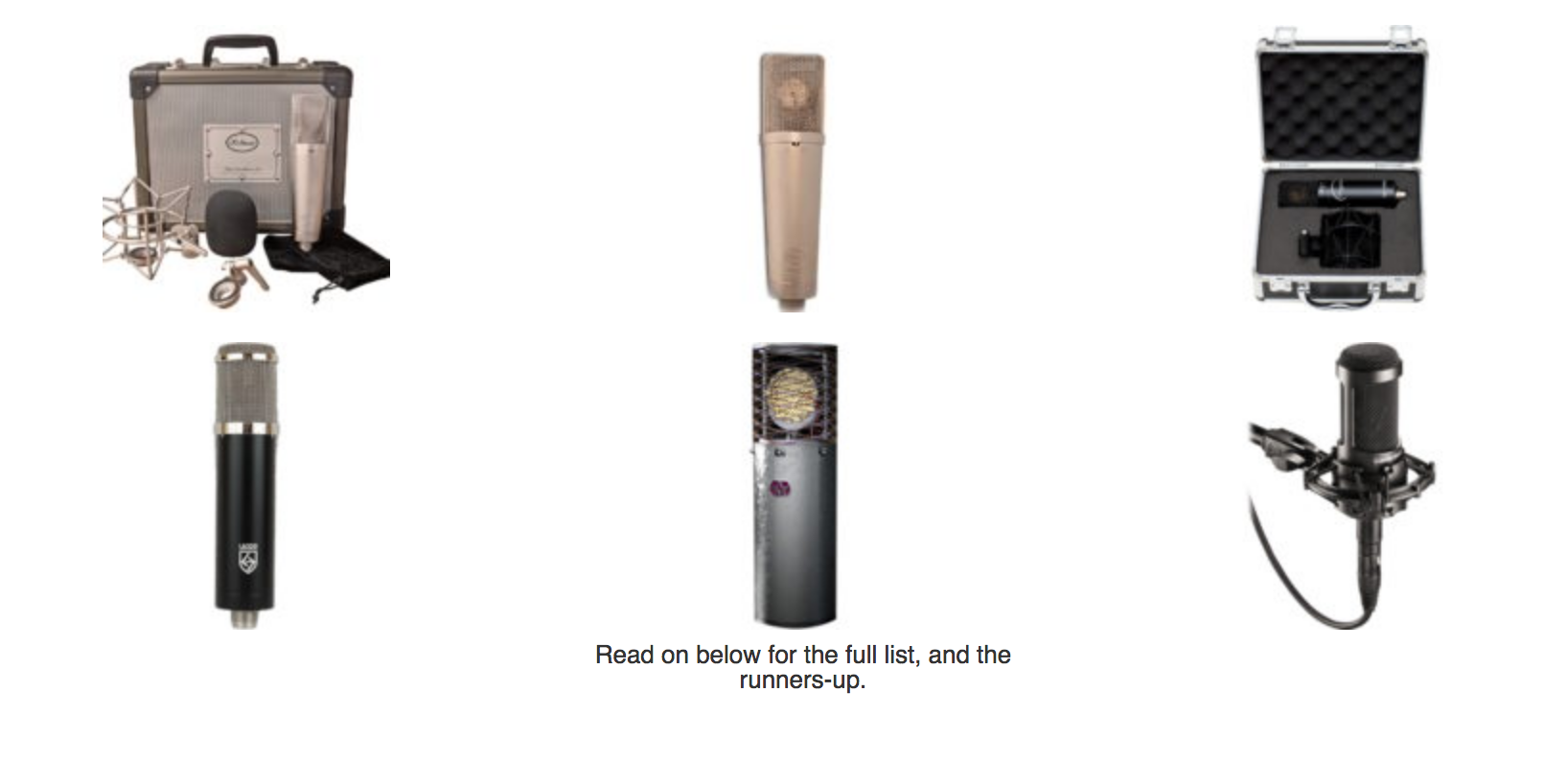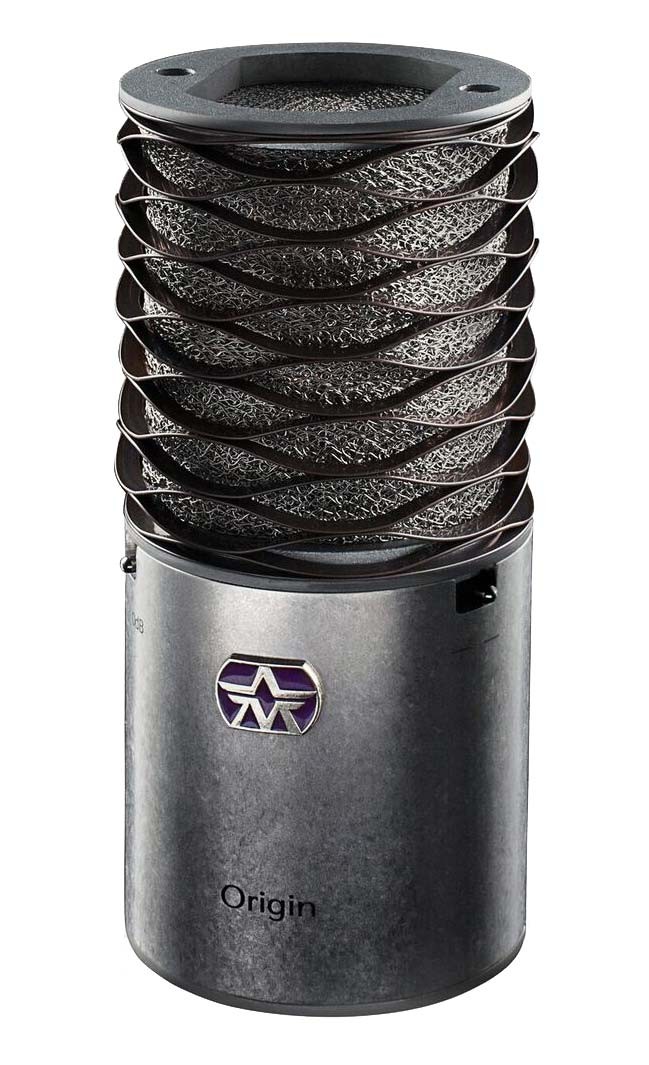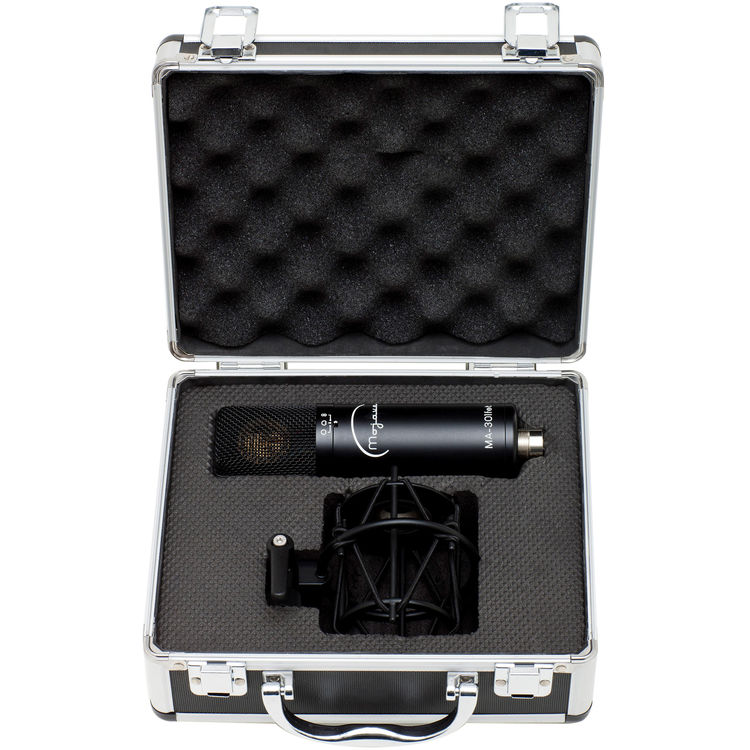There aren’t many studio essentials that literally every studio should have, regardless of the musical genre of it’s output. But it’s hard to deny the usefulness of owning at least one large diaphragm condenser simply because of their versatility. LDC’s can handle a range of sources and timbres due to the large size of their capsule, and can provide significantly more detail and clarity than even the best dynamic or ribbon mics.
Unfortunately, the plethora of mic choices available these days can feel as prohibitive as it is freeing. While there are now an array of microphones at lower and lower price points, making sense of exactly what YOU need (and simultaneously trying to get a deal, man!) can mean scouring the net for professional opinions, peer reviews, video shoot-outs, and so on.
It is exhausting just to think about and often, the search for the musical tools most suited to you can leave you with little energy for the creative, music-making part. Ironic, isn’t it?
This is especially true with microphones, for several reasons:
First, a mic by itself makes no sound (unless it’s in the woods with a falling tree…) It relies on a preamp, a sound source, and finally a speaker source to reference the character of the microphone itself, making it difficult to judge the true “tone” of the mic.
Once you have that accounted for, how the mic is set up and positioned in front of the vocalist, amp, or drum set you are recording is also going to have a huge impact on the final sound.
Yes, it is possible to test several microphones at once using the same preamps and speakers, allowing you to become much more scientific in your judgment, but the reality of life is that most people won’t have access to such a situation.
Secondly, many of the most popular mics are simply recycled or re-tweaked designs of past classics, making it confusing to sort through the differences. There’s a reason the Neumann U-87 has been cloned and copied ad infinitum: Its circuit has proven to “work” on a wide variety of sources and styles over the years.
If we could all afford our own U-87, there would be much less arguing in the world. But since that is not possible, we are forced to make choices based on more utilitarian concerns; (ie how much we have to spend.) So in the effort of alleviating some of that pressure, I took a look at a range of affordable condenser microphones to pick out some standouts that should suit any budget.
Best Under $150: Audio Technica AT-2035
A great place to start if you’re looking for your first LDC is the Audio Technica AT-2035. Despite its low price point ($149 street), the AT-2035 comes equipped with some of the features that its more expensive brethren also share: A switchable 80hz high-pass filter to get rid of rumble, an included custom shockmount, and a 10db pad.
Suitable for vocals, horns, acoustic guitar, percussion, and amplifiers, it’s hard to find a better deal. And it’s slightly cheaper cousin, the AT-2020, makes a great runner-up, if you won’t miss the filter or -10db pad.
Best Under $300: Aston Origin
Utilizing a 1″ gold-sputtered capsule, the Aston Origin has been making a huge stir since arriving on our shores from the UK in 2015 and is a very reliable pick for a street price of $299.
The unconventional, UK-based mic designers at Aston are responsible for the “best under $300” entry on this list.
While it boasts similar features as the AT-2035 (an 80hz high pass filter and the aforementioned -10db pad), the design characteristics of the two mics are miles apart, thus imparting a fair number of performance differences.
The Origin features a unique “wave-form mesh head” that is made of stainless steel and also functions as a built-in pop filter.
The cage can be removed for washing, and can even be bent back into position if the mic takes a tumble.
The Origin also makes use of a custom-molded end caps with an integrated XLR adapter that makes it much less prone to rumble and shocks.
In practice, I found the Origin to be incredibly clear and defined, especially in the high mids. It would make a great mic for acoustic string instruments of all kinds, but truthfully, it’s hard not to recommend the Origin as a rugged, durable mic to start with that will shine on an array of sources.
There aren’t many mics that can go head-to-head with the Origin, either in performance or pure specs, but another great choice in this price bracket would be the Bluebird SL, made by another microphone company not afraid to put it’s own unique spin on design and aesthetics—Latvia’s BLUE Microphones. The Bluebird SL’s tone has been known to crisp and incredibly detailed, while still coming in at just under $300 street price.
Best Under $500: Lauten LA-320
In addition to the usual low rolloff switch, the LA-320 sports an unusual high rolloff option, giving this mic a dual personality, and even more versatility.
If you have a little more in your budget, the Lauten LA-320 is worth a very close look, as it’s also received quite a few critical nods and still manages to slide in at $499 street.
As my colleague and friend Jason Finkel detailed in his recent full review, the LA-320’s internal electronics feature a tube dual-triode vacuum tube circuit that is a nod to classic “German tube mics of the past.”
In my own tests, I found the 1″ capsule it to have nice presence and a pleasantly crisp and focused tone.
The LA-320 also has both 120hz high pass, making it easy to dial out unwanted low frequencies, and a 12k low pass filter for softening the bright and airy top-end of this mic. A very solid choice that regularly competes with mics over $2k, the LA-320 is a sure and versatile choice for any home or mid-level.
Another very capable mic that slides in right under $500 is the similarly versatile Avantone CV-12, which boasts a slightly more retro-leaning tone and features an impressive choice of nine polar patterns, as well as the ubiquitous pad and HPF. The fact that it not only comes loaded with an old stock Russian 6072a tube but is shipped with two extra tubes and a handsome case is just icing on the cake.
Best Under $1k: Mojave Audio MA-301 FET
The Mojave MA301 FET is a serious step up for any home studio, and could find significant use in top-flight pro studios as well.
Coming in at $895 street price, the MA-301 FET from David Royer’s Mojave Audio has been a regular feature in a number of busy studios, and for good reason: Multiple polar patterns, low cut filter, and -15db pad make this a very versatile and capable mic.
With a “military grade FET” and a Jenson transformer, the MA-301 exhibits a bit more warmth and mid-range presence than the previous mics.
Much like the Aston Origin, I found its frequency response to be incredibly neutral and useful, and the 301 FET (and it’s more expensive, tube-based cousin) would definitely be a good all-around mic for both the home or a professional studio.
If the transformer-based design of the MA-301 FET might be a bit too colored for your tastes, it’d be hard to go wrong with another mic in this price range that achieved “classic” status in studios worldwide many years ago: AKG’s C 414.
The 414’s iconic design and grill are legendary, as are its ability to handle and accurately reproduce an incredibly diverse range of sonic sources, due in no part to the 414’s nine pickup patterns, four-position bass roll-off switch, and four-position pad.
Best Under $1500: Peluso P87
Once you reach this level of spending, it’s very hard to buy a mic that is going to be “bad” by any stretch of the imagination. But the Peluso P87 is the rare Neumann clone that did stand out—in a good way!
The Peluso P-87 could be used on just about anything and everything, and compares very favorably to a certain iconic mic that retails new for more than twice the price.
Just like the MA-301, the P87 utilizes a range of polar patterns, has a -10 db pad, and high pass filter, and due to the many years of experience of head designer John Peluso, just nails ”that” tone: Silky, creamy, warm, a nice presence in the midrange.
The P-87 is known for its detail and would work on almost anything you’d throw in front of it. In fact, your studio would be off to a great start with a pair of P87’s and little else.
While all of these mics shine for different reasons, it’s important to remember one caveat: How you use the mic itself is going to have a much larger effect on the sound than any feat of engineering on the part of its maker.
So, when at all possible, go test a few mics and hear how they react to your voice, instrument, or room. Special thanks to Jeffrey Ehrenberg, Thomas O’Conor, and Robert Alexander at Vintage King Audio here in Los Angeles for their assistance in testing out these mics.
This article can be found on SONICSCOOP.COM







